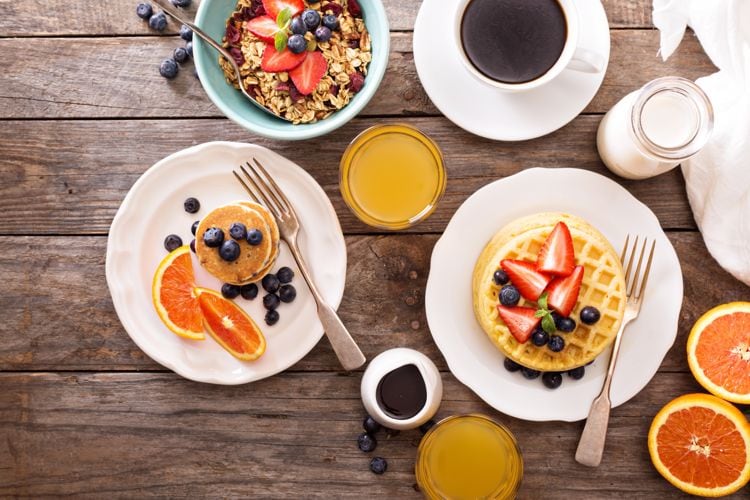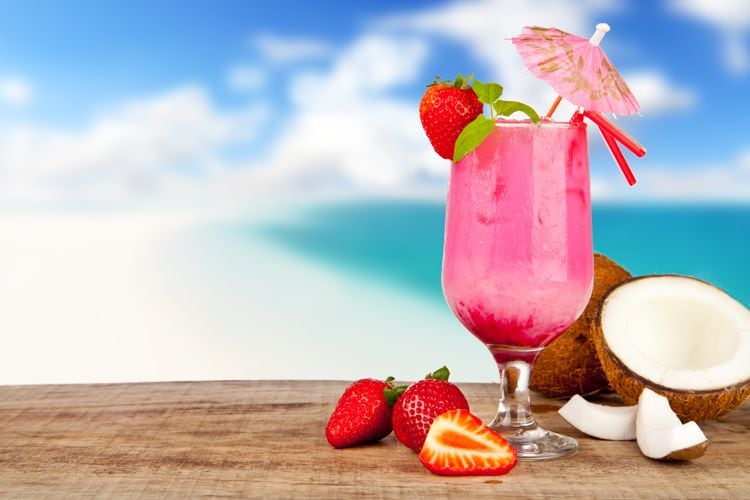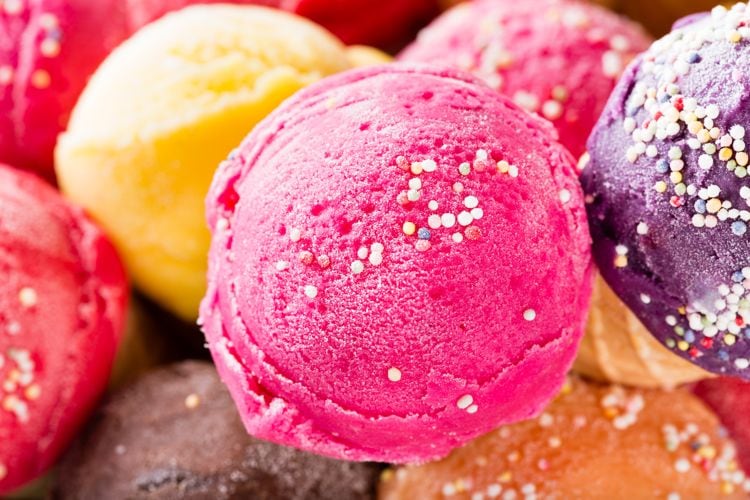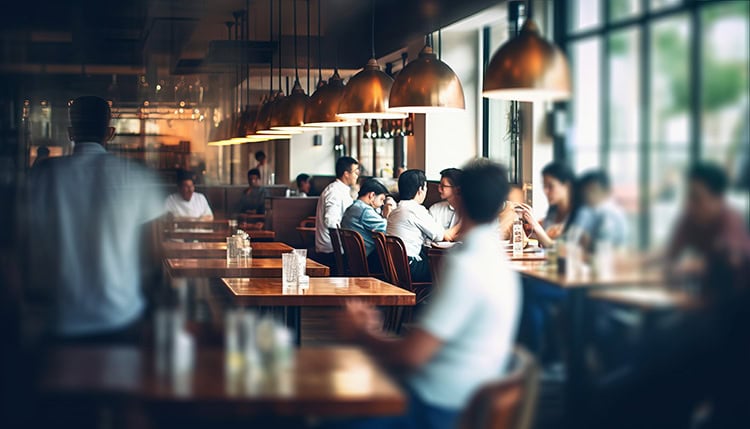Website Color Palettes for Restaurants
When it comes to creating a mouthwatering online presence for your restaurant, the right color palette can make all the difference. Just like the perfect blend of spices in your signature dish, the colors you choose for your website can evoke emotions, stimulate appetites, and create a lasting impression on your digital diners.
But with an endless array of hues to choose from, how do you create a color scheme that perfectly captures the essence of your culinary brand? Fear not, because we’ve got the recipe for success! In this article, we’ll explore the key ingredients for crafting a website color palette that will have your online visitors craving more.

The Psychology of Color: Evoking Emotions and Appetites
Before we embark on our color selection journey, let’s take a moment to savor the incredible psychological power that colors hold over our perceptions and emotions. Each color has its own unique personality, capable of evoking specific feelings and associations in the minds of your restaurant’s online visitors. By understanding these subtle nuances, you can craft a color palette that not only tantalizes taste buds but also resonates with your target audience on a deeper, more emotional level.
Take red, for example – the bold, passionate hue that screams excitement and energy. It’s no wonder that fast food giants and high-octane dining experiences often opt for this attention-grabbing color. Red has been shown to increase heart rate and stimulate appetite, making it the perfect choice for restaurants looking to create a sense of urgency and encourage impulse purchases.
On the flip side, green is the go-to color for restaurants that want to emphasize freshness, health, and natural ingredients. This calming, earthy hue is often associated with growth, harmony, and environmental consciousness. For farm-to-table eateries and eco-friendly establishments, green is a natural fit, instantly communicating a commitment to wholesome, sustainable dining.
But the psychology of color goes beyond just red and green. Blue, for instance, is often linked to feelings of trust, reliability, and tranquility, making it a popular choice for upscale seafood restaurants and coastal-themed dining spots. Yellow, on the other hand, is a cheerful, optimistic color that can evoke feelings of happiness and friendliness – perfect for family-friendly restaurants and cozy breakfast nooks.
By tapping into the power of color psychology, you can create a website color scheme that not only catches the eye but also tells a story, conveys a mood, and connects with your target audience on an emotional level. So, as we explore the specifics of color selection, keep in mind the incredible impact that your chosen hues can have on your restaurant’s online identity and customer engagement.
Choosing Your Primary Color
The first step in creating your restaurant’s website color palette is to choose a primary color that reflects your brand identity and culinary style. This color should be the dominant hue on your website, used for key elements like your logo, header, and call-to-action buttons.
When selecting your primary color, consider the following factors:
- Your restaurant’s cuisine and theme
- Your target audience’s preferences and demographics
- The emotions and associations you want to evoke
- Your competitors’ color schemes (and how you can differentiate yourself)
For example, if you run a high-end Italian restaurant, you might choose a rich, deep red as your primary color to convey sophistication, passion, and warmth. If you run a trendy vegan café, you might opt for a vibrant green to communicate freshness, health, and vitality.
Selecting Your Secondary Colors
Once you’ve chosen your primary color, it’s time to select your secondary colors. These colors should complement your primary color and provide visual interest and contrast throughout your website.
When selecting your secondary colors, consider the following tips:
- Use the color wheel to find complementary colors (colors that are opposite each other on the wheel, like blue and orange)
- Choose colors that are analogous to your primary color (colors that are adjacent on the color wheel, like blue and green)
- Use lighter and darker shades of your primary color to create depth and dimension
- Consider using neutral colors like white, black, and gray to balance out your palette and provide a clean, modern look
Putting It All Together
Now that you’ve selected your primary and secondary colors, it’s time to put them all together into a cohesive, mouth-watering color palette. Here are some tips for using your colors effectively throughout your website:
- Use your primary color for key elements like your logo, header, and call-to-action buttons
- Use your secondary colors for subheadings, links, and other accents throughout your site
- Use white space to create visual breathing room and make your colors pop
- Use high-quality images that complement your color palette and showcase your delicious dishes
- Test your color palette on different devices and screens to ensure readability and visual appeal
Creating the perfect website color palette for your restaurant is both an art and a science. By understanding the psychology of color, choosing a primary color that reflects your brand identity, selecting complementary secondary colors, and putting it all together in a cohesive, visually appealing way, you can create a digital dining experience that will have your online visitors coming back for seconds.
So, fire up your creative burners, grab your digital spatula, and start crafting a color palette that will make your restaurant’s website the talk of the culinary town!



